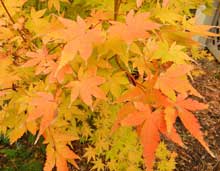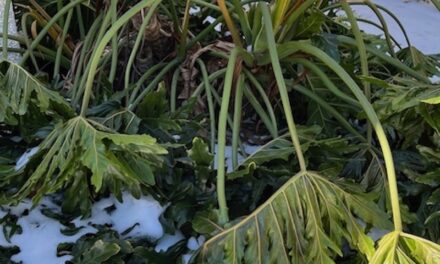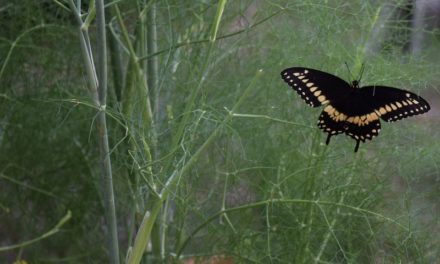 As the days shorten and night temperatures begin to cool down a little, we can venture outdoors and get the fall garden work done. There are lots of things to plant in flower beds and vegetable garden and the sooner the better for those veggies.
As the days shorten and night temperatures begin to cool down a little, we can venture outdoors and get the fall garden work done. There are lots of things to plant in flower beds and vegetable garden and the sooner the better for those veggies.
Might seem crazy to plant Chinese cabbage, collards, turnips, and mustards now, but it is the time to do it. Lettuce, radishes, carrots, onions and beets can also be planted now until mid-October. Start seeds for hardy annuals, pansies, snaps, and calendula. Try some new varieties. Seed catalogues are very enticing. Don’t forget about heirloom varieties. Seed saving has been a very important part of our history as humans. Edie Rodgers sent me a very informative article from a North Carolina magazine (Our StateApril 2018) on Seed Libraries. The purpose of the seed library is to collect seeds from gardeners to pass along while preserving the genetic diversity and flavor of vegetables. In the last century we have lost 90% of the heirloom varieties that were available. I have visited and used a seed library that was started a year or so ago at the Colleton County library. Of course, you can order heirloom seeds from the South Carolina Crop Improvement Association or many other catalogues. https://www.clemson.edu/public/seed/index.html
Paperwhites, daffodils, snowflakes (Leucojum vernum), Easter lilies (Atamasco), and Louisiana Iris can be planted now and throughout the fall for spring blooms. You can divide irises now; dig and cut the foliage back to three inches. Let them dry in the sun for a few days and plant the rhizomes high with their roots in a trench. Daylilies can be dug and divided now as well.
Don’t do any hard pruning in the fall. That is better done in late winter (February). It is always correct to trim overgrown shrubs and trees. The goal here would be to eliminate branches that cross, are damaged or growing in the wrong direction. Check for insect pests and remove any branches that are badly infested. This helps to control the adult populations and increases airflow and sunlight into the canopy.
Fall is the best time to move shrubs and trees. The first step is root pruning. This can be done 4-6 weeks before moving the plant. Cut a circle around the plant’s base, cutting into the soil vertically with a sharp clean shovel blade. This will stimulate new fibrous roots. Keep the plant watered during this time and after planting for the first season. On moving day, if possible, pick one that is overcast and the temperature is cool. The planting hole should be wide as possible but not deep. Even a few inches too deep will cause the roots to suffocate. Add compost, and make sure that it is well mixed with the native soil.
So many things wait until fall to bloom, the roadsides and gardens will be full of flowering annuals, perennials, and shrubs. It’s hard to have a favorite but I do love all the asters, bluestems, berries, and sunflowers. Fall is for planting.








